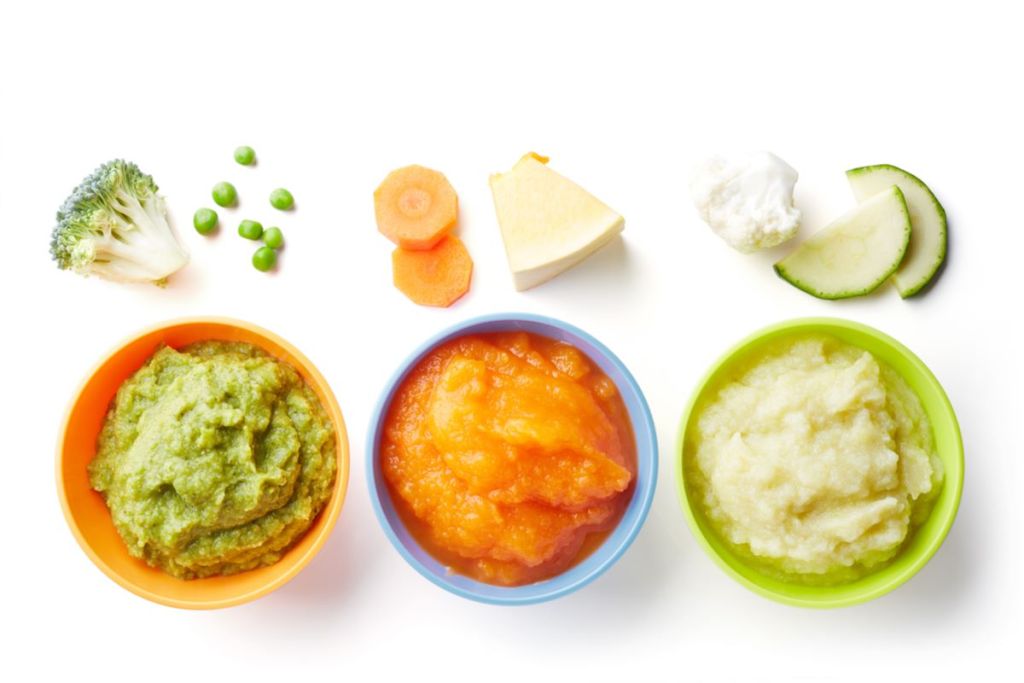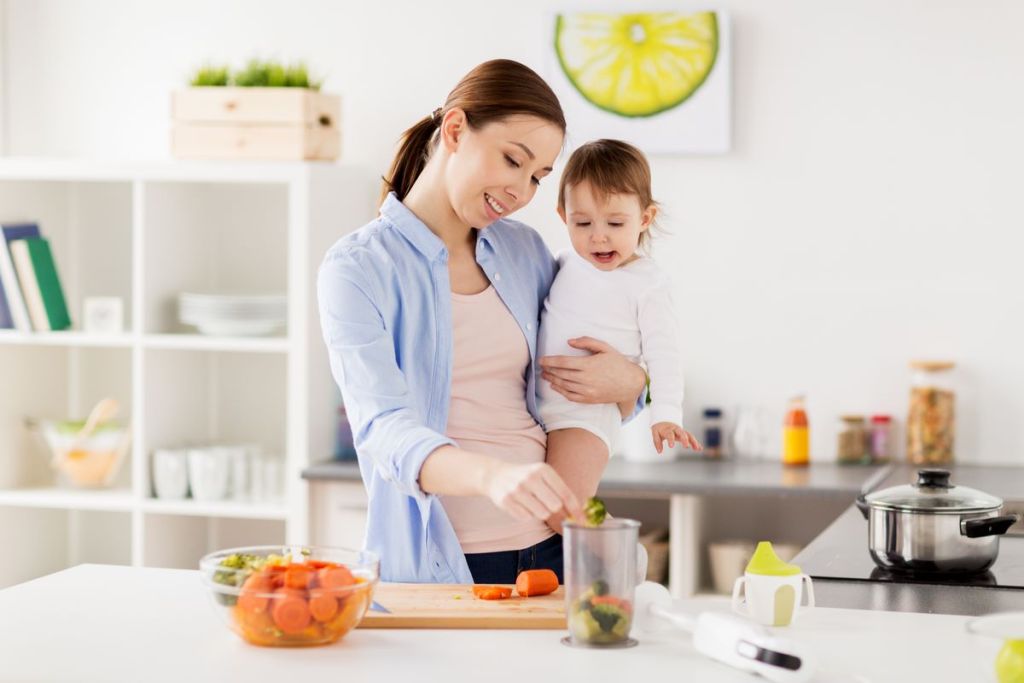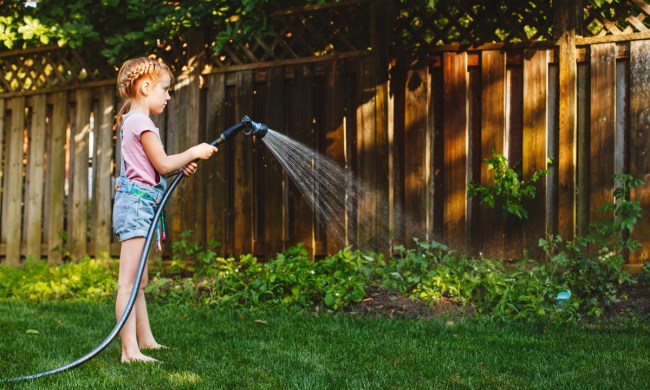As babies get older, they often “graduate” to more interesting baby food puree combinations. In fact, you might even notice that your baby shows more interest in what you’re eating than what’s inside the bowl that’s sitting directly in front of him or her. At the same time, you still have to consider texture and digestibility.
So how do you keep your baby from getting bored with the same old meals? Luckily, balanced nutrition plays well into the concept of variety. Therefore, we have come up with an array of homemade baby food combinations to keep your tiny tot happy and well-nourished.

Pureed spinach and white yams
This is one of the healthiest, no-fuss baby food puree combinations. First, you take half of a white yam and cut it into cubes (after washing and peeling) and place them in a boiling mixture of water and vegetable stock. Next, you’ll take a cup of fresh spinach and cut the stems off. Then, boil this mixture until it’s soft. After that, allow it to cool for a few minutes. Next, you’ll puree the mixture in a blender or food processor. The savory flavor combined with just a hint of sweetness is sure to please your baby’s palate.
Mashed beets with blueberries
The beet is not only one of the most nutritious vegetables; it’s also one of the most versatile with its mild flavor. When you combine this fiber-rich veggie with blueberries, you’ll get a delicious source of antioxidants and Vitamin C.
The first step to this super-easy recipe is to wash, peel, and cube the beets. Then, wash the blueberries. After the ingredients are prepped, then you can throw them in a steaming basket to steam for about 15 minutes or until they are soft. Next, you’ll blend them together. Finally, add water or breast milk until you achieve the right consistency for your little one.
Asparagus and rice combo
Rice provides a tasty and easily digestible base for introducing a vegetable to your baby. So, this combo is the perfect way for your baby to try asparagus. (Although, you might keep in mind that this meal works best for 9 to 12-month-olds, and you’ll need to stick with the infant rice.)
First, you’ll wash and cut 10 to 15 stalks of asparagus and place the pieces in a steaming basket to steam for about 15 minutes or until soft. Then, puree the pieces, add the infant rice, and mix with water or breast milk until you reach the desired consistency.
Zucchini, pea, and kale puree
For another great source of Vitamin C, antioxidants, and iron, this puree delivers a good amount of essential nutrients. Plus, your baby will love the delectable flavor.
To prepare this combo, you’ll start off with washing and cubing one zucchini. Peeling is optional. Then, you’ll wash and chop the kale, and afterward, remove any tough stems. For the peas, if you are using frozen, then you only have to measure 1 cup and add to the mixture. Otherwise, if you’re using fresh peas, don’t forget to rinse and shell them. From there, all ingredients go into a pot of boiling water for about 10 minutes. Finally, you’ll drain and puree the mixture until you reach the right consistency.
Another perk to this recipe is that you can substitute the peas and kale for any other green such as spinach, broccoli, or green beans. Either way, your baby will smack on this flavorful veggie medley.

Salmon and carrot puree
Another great idea for incorporating more protein into your baby’s meals is to introduce salmon. This fatty fish is an excellent source of Omega 3s, which contribute to brain and eye development. For this combo, you’ll also need a 1/4 cup of orange juice, 1/2 cup of chopped carrots, a 4-ounce piece of salmon (skinned), 1 tablespoon of milk, 1/8 cup of shredded cheddar cheese, and 1/2 ounce of butter.
To start with, you’ll boil the carrots for 20 minutes. In the meantime, place the salmon in a microwaveable dish, pour the orange juice over it, cover (with a slight opening to vent), and microwave for two minutes or until the fish is flaky. Also, you can bake the salmon at 350 F and cover with foil for 20 minutes.
For the third step, you have two options. For younger babies, you will need to flake the salmon while carefully removing all bones and place the pieces and sauce that’s left over from the cooking into a blender along with the carrots, butter, and milk. Then, you will puree the mixture until it is smooth. For older babies, you will also remove the bones, but while flaking the salmon you can mix and mash it with the carrots, leftover sauce, butter, and milk. This meal combo is a wonderful, tasty way to start introducing fish into your baby’s diet.
As you can see, baby food puree combinations are quite easy to create even when you’re pressed for time. Another advantage to making your own baby food is that you can place any leftovers in ice trays, cover with freezer wrap, and freeze for another day. Plus, as a parent, you gain more peace of mind by knowing exactly what each meal contains. So, enjoy the creativity in the kitchen and the satisfaction of providing your baby with healthy and delicious meal combos.



